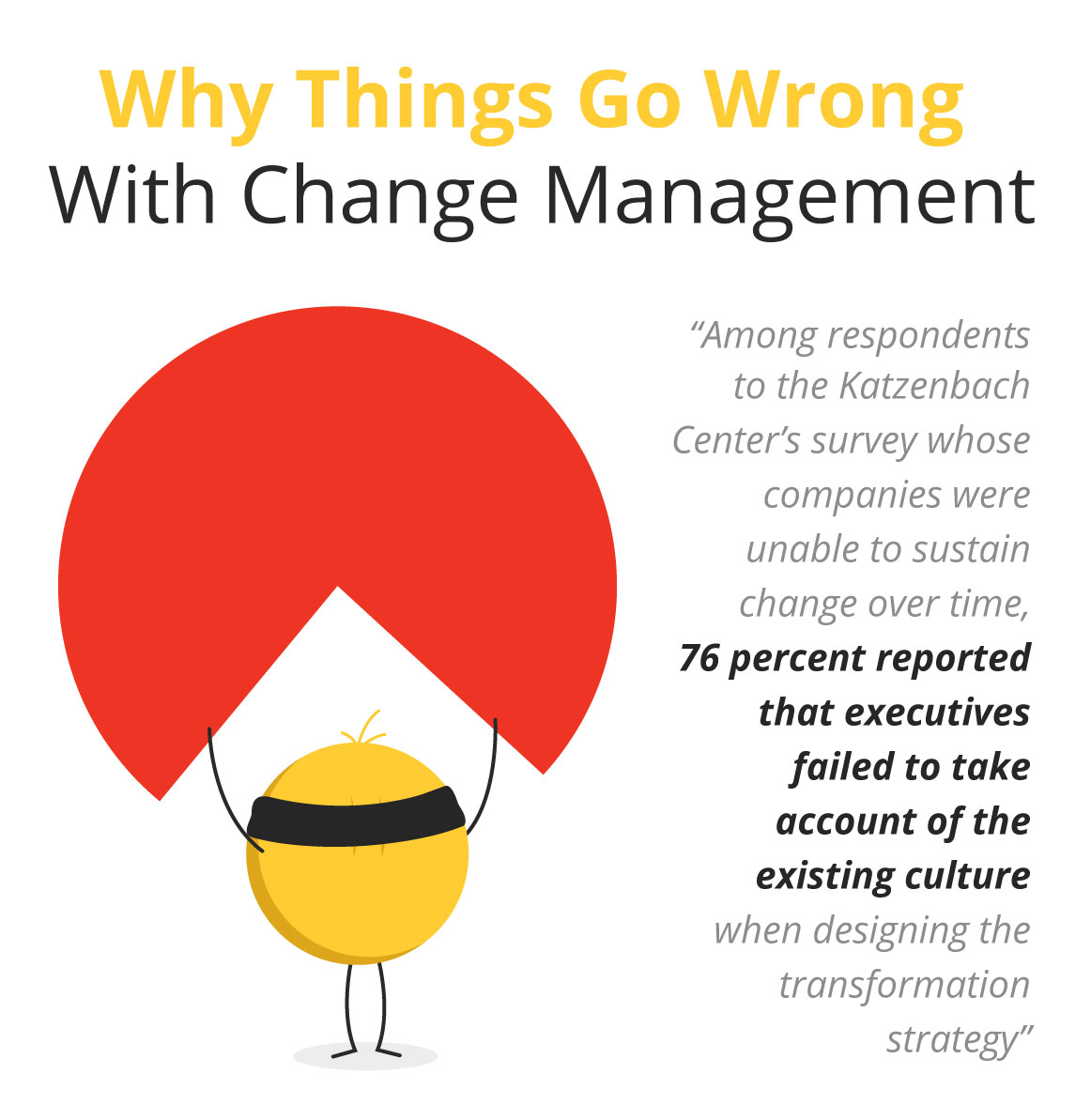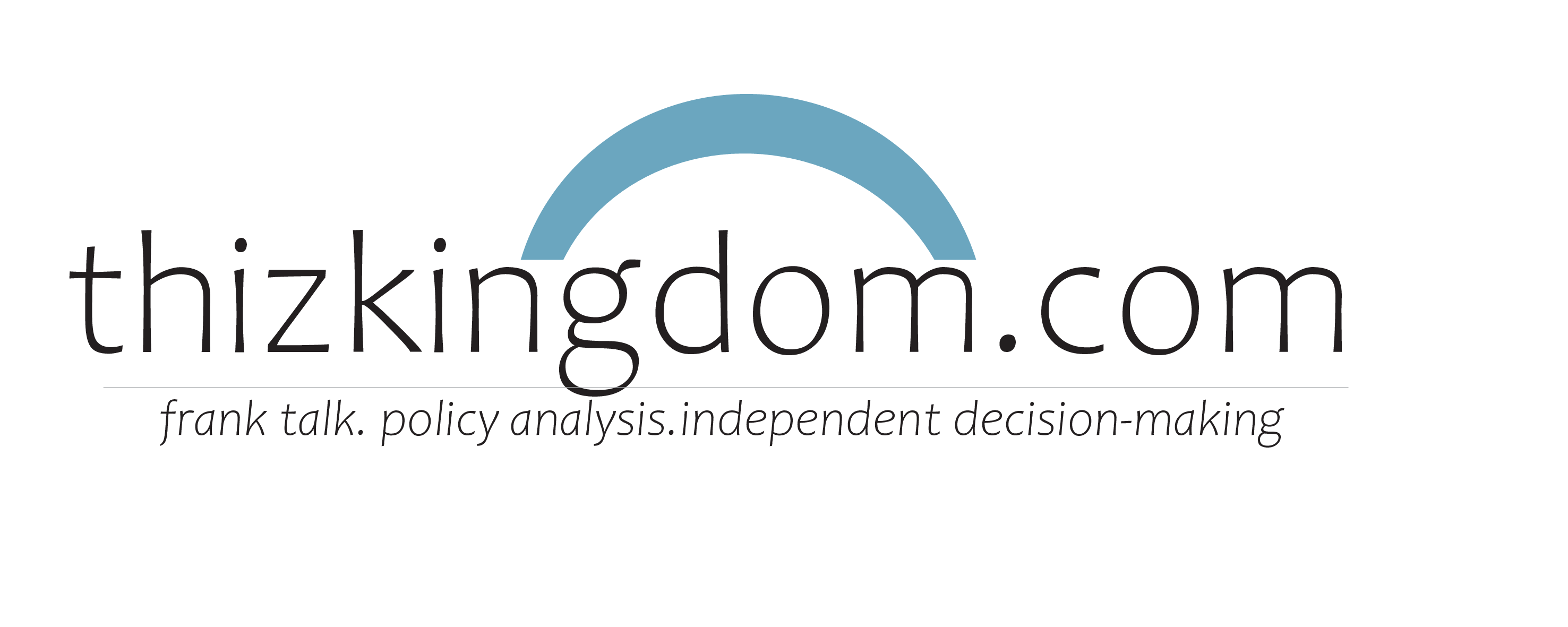Organizations and companies go through a rough patch

Mr Mzimkhulu Sithetho
Managing Director of the Governance Institute for Sustainable Development and Editor-In-Chief of thizkingdom.com

Governance within organisations
Poor governance is a result of poor leadership and vice-versa. As a result of this, most companies or organizations - be it public or private or agencies of government, so called state-owned enterprises (SOEs) are going through a rough patch. Organizations or companies are either going through a restructuring, institutional review or a merger with others or incorporation of some sort. Governance is the manner rules, norms and actions are structured and sustained, regulated and held accountable. Corporate governance consists of the set of processes, customs, policies, laws and institutions affecting the way boards direct, administer and control a company or organization. Corporate governance also includes the relationship among the various stakeholders, who are the major players involved in attainment of corporate goals.
Loss of strategic direction
An organization is best led by a strategy. A strategy gives an organization direction as it knows what it can do and what it cannot do. A strategy gives an organization priority areas of focus within a given phase (determine by a timeframe) towards achievement of a bigger vision, which is long-term. A strategy is driven by the organization's top management, who should be conversant with the operating environment and be able to identify opportunities and risks in the environment. As drivers of an organization's strategic thinking, the top brass have a mammoth responsibility to keep the organization afloat - being able to beat competition and pay debts. The essence of a strategy is to make an organization unique, stand out of the ground and it will be an attraction to customers as they are looking for something unique that no other provides.
A strategy helps an organization or company identify its strengths, which present its unique selling proportion (USP). Therefore, organizations are restricted or undergo institutional review when the shareholders or top brass realize that there is no strategic direction, leading the organization and that it is susceptible to taking anything that comes its way. As new entrants flood the industry, they render it competitive and existing players in the industry become less competitive as the demand for the service or product they serve declines. The economic principle is that more products in the market increase supply and q decline in demand. Therefore, a strategy selects those products or product lines that have a niche in the market and have a potential to give the company a competitive edge over its peers.
A strategy also keeps an organization or company within its boundaries, which were set out after scanning the environment. It grants it with the ability to choose what it can do and what it cannot, thus focus it on a few prioritized major initiatives that add value to the realization of the company's or organization's long-term vision. Also, allocation of resources (financial, human and infrastructural) is strategic not wanton. Loss of strategic direction leads an organization or company to stand at crossroads, gamble at a gaze, take everything comes its way to succeed and, in the process, and uses resources ineffectively and uneconomically. It will not be able to identify and mitigate risks as well as address emergencies and urgent maters, not important ones.
An organization without strategy is like a ship without a radar or campus, which is susceptive to getting lost in the deeper seas. When it reaches this state, shareholders fear loss of their investment and may restructure the organization to help it recuperate. They may also take the route of institutional review to identify problematic areas in the organization and devise strategic ways to address them. If the organization or company has gone too astray, it may be incorporated or merged with functioning and successful companies to avoid liquidation and closure. This is where the cost of merging or incorporation is costlier than liquidation.
Failure to respond to new consumer trends
Companies and organizations operate in a highly competitive and fast-changing environment. The business environment either for profit-making or non-profit making organization is made competitive by many factors - one, the advent of ICTs, which makes speed and pace of manufacturing and delivery critical, changing demands of consumers and the cost of raw material or outsourcing of critical services for which an organization does not have capacity to produce using internal human resources.
Consumers have become an important factor today that is largely becoming volatile. New demands for products bring about instability in the market and demands innovative ability to meet the emerging demands. Therefore, this tests the ability of organizations to stay afloat of competition by being able to meet these changing market demands. Strategic organizations constantly scan the environment to identify and establish these changing consumer trends in the market. They gather information that informs their decision-making on which products are becoming obsolete and which ones are increasingly in demand. For example, sticking to old infrastructure when technology is on a change mode, almost every day to meet consumer demands, which is detrimental to a strategy, it will render the company or organization obsolete. Using outdated information for decision-making is dangerous a weapon that it can lead an organization to lag far behind its peers.
Not-for-profit organizations (NPOs) used to bask in their comfort, glued to the view that they are not affected by competition. It might not be direct competition, but if the source of their financial survival is through international donor organizations or financiers, they are in for it. Donor fatigue is high on the increase and this is caused by the global financial meltdown, as the donor agencies source their funding from other agencies that are affected by markets. So, the chain goes down to the small civil society organization or community-based organization that claims it is not affected by competition. In fact, there is direct competition as these CSOs/CBOs or NGOs advocate for similar issues whin society - respect for human rights, good governance by governments, effective public participation, rule of law and constitutional democracy as well as effective oversight by parliaments. It therefore calls on the leadership of these non-governmental bodies, dubbed non-state actors (NSAs) to be innovative in their choice of strategies for implementation of the mentioned critical issues. Also, the changing paradigms and times dictate what issues become critical at a given time. For example, in the last two-three decades, human rights advocacy was a critical issue because in most parts of the world, Africa particularly; governments were formed by military coups, single-party dictatorships and tyrannical democrats. So, the issue of human rights was critical. But later, most governments were transformed into democracies and there is less focus on human rights. The issue of human rights has taken a new angle is taken, such as human trafficking, cyber communication rights and civil freedoms to information in the new information era.
The latter has been the cause of the demise of the Media Institute of Southern Africa (MISA) at regional level, as the southern African regional advocacy body has been basking on its comfort that it was the only body advocating for the right to freedom of expression of opinion. It did not become innovative enough to the reality that in 1994, South Africa became the last country in Africa to obtain independence; except for South Sudan which seceded from Sudan in 2011. Therefore, what the regional NGO had been advocating for had lost value in the eyes of the donor community, particularly with the advent of new media platforms such as twitter, Facebook and Instagram, which have rendered the traditional mainstream media obsolete. So, maybe MISA was supposed to change gear and focus on protecting the rights of citizens during the advent of social media platforms. Maybe MISA lost an opportunity to change focus to governance on the internet as the traditional media are gradually fading away. This is even given credence by the advent of the millennial generation having become prime users of the new era communication platforms.
With millennials now able to own tablets and smart phones, reading a newspaper and listening to radio is gradually fading away because newspapers and radio are now online. But more importantly, this new generation of millennials is not glued to reading the hard-core facts of newspapers and stories on radio. They are more into instant and fast information provided by face book, WhatsApp and YouTube. They are a generation that cannot digest heavy and huge pockets of information. They are more relational and want to keep with their Facebook friends. What is even more important a point to highlight is that advertisements are now online as they now get to know about new posts advertised through these WhatsApp and Facebook platforms? So, a newspaper or radio is now outmoded for millennials.
The demise of MISA was preceded by that of the Institute for Democracy in South Africa (IDASA), which was formed in 1986 as a think-tank, destined to create platforms for dialogue between the former exiles and the apartheid government ahead of the 1994 elections. The think-tank got caught up in a crisis after the 2008 global financial meltdown and closed in 2013. It is largely suspected that the project of creating a dialogue platform between apartheid rulers of South African and the exiles was over, and IDASA failed to be innovative enough to come up with programme addressing South African challenges post-apartheid.
Lack of innovation in a fast-changing environment and market
As has been the case with MISA and IDASA, inability to innovatively come up with programmes that make an organization or company survive rigours in an ever-changing environment can render it to its demise. As it has been indicated earlier industries are never stable and this driven by needs of consumers. Therefore, players in an industry, be it companies in a given industry, NGOs/CSOs/CBOs in a given space (human rights advocacy etc.) have to constantly scan the environment and identify triggers for obsoleteness. Consumer needs change from time-to-time and remaining in one place can render on less competitive and one can be shown the door when new giants enter the industry. Strategic organizations frequently gather information from the environment/industry and use it to determine new trends and act accordingly. They reinvent where it is necessary and make substantial changes to suit the current environment. This can be rebranding or injecting a new dimension altogether in the manner they do business. They know that change is inevitable and innovatively and creatively come up with something new. They disrupt their comfort zones, especially when things seem normal and stable. They do not want to rest on their laurels, because by doing so, they render themselves obsolete and lag largely behind. This requires that they undertake a strategic review, which is preceded by an environmental scan. This helps them proactively identify changes in the market/industry and devise strategic ways of keeping abreast with new changes.
However, the inverse is the case for non-strategic organizations and companies, which are reactive to the changes in the environment. They come running after change in the industry/environment in a reactive mode and try to adapt, but it is already late. Realizing they have little room to maneuver, these organizations tend to apply devastating measures such as downsizing staff in the form of massive retrenchments. This strategy has adverse implications organizations as they lose credible and capable employees some of whom they have invested a lot to develop over the years. It takes painful ages for an organization to recover after retrenchments. First, it is its corporate image, which is direly affected as downsizing staff conjures up images of a company on its way down. If it is an NPO/NGO/CSO or CBO, it might have to suspend some programmes due to volatility of donor funding. This comes because the NGO would have not been strategic and perceptive enough to see that donor funding is drying up. It now reacts to the situation. But if it had been strategic and perceptive, it would have been proactive enough to reinvent itself, cut some programmes way before donor funding is cut.
Most Read
Reforms, Elections and Democratic Stability in Lesotho

Organizations and companies go through a rough patch

The cooling of the political temperatures came with the BAP joining the bandwagon after a season of political agitation and chess games, reflecting political anomalies in the system of political governance of Lesotho:

Related Stories
Opinion Vote Polls
Do you think the existing government is going in the right direction to benefit the people of the country?
Subscribe for your daily newsletters
Enter your email to subscribe to our newsletter.

